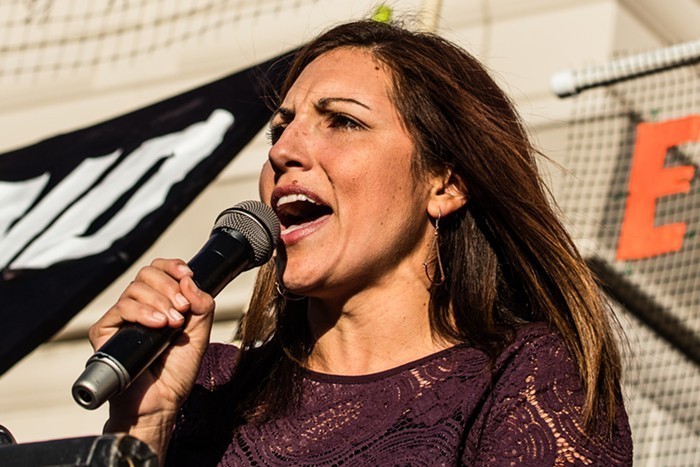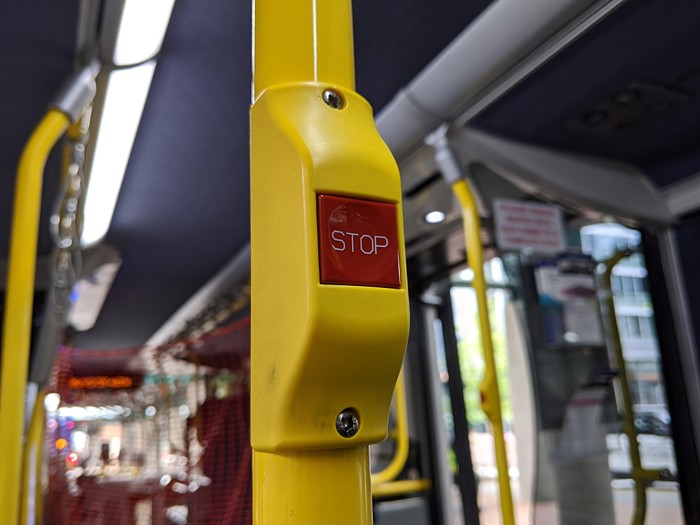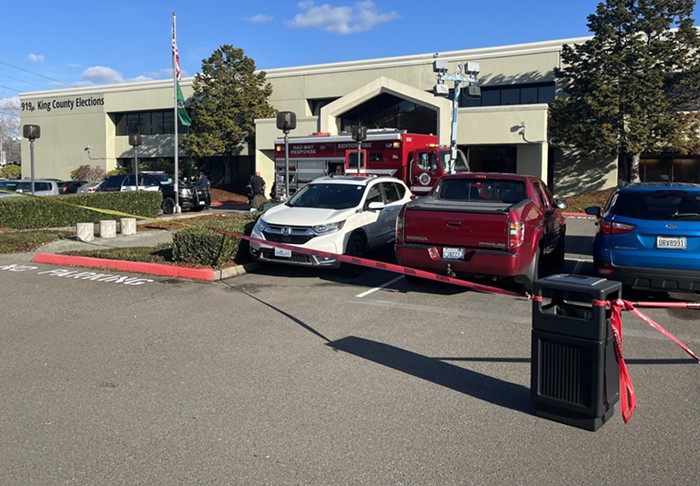
In 2009, a 24-year-old man named Kirk Saintcalle was convicted of first degree murder after he forced his way into an Auburn man's apartment with two associates, held three people at gunpoint, and shot and killed 35-year-old Anthony Johnson. The all-white jury sentenced Saintcalle to 48 years in prison. But after his conviction, Saintcalle appealed his case because of the exclusion of the only black person from his jury pool.
Anna Tolson, who is black, was asked more than any other potential juror about her perceptions of the criminal justice system, Washington Supreme Court Justice Charles Wiggins would later write. The prosecutors then issued a peremptory challenge, an objection to a juror that doesn't need a reason. Defense lawyers challenged Tolson's exclusion under a rule barring racial animus, but couldn't prove that intentional racism was behind her exclusion.
Wiggins' majority opinion from the Washington Supreme Court, which rejected Saintcalle's appeal, offered a passionate critique of the way lawyers select jurors. Wiggins wrote existing rules to stamp out overt racism weren't enough to prevent bias in the criminal justice system.
"In part, the problem is that racism itself has changed," Wiggins wrote. "It is now socially unacceptable to be overtly racist. Yet we all live our lives with stereotypes that are ingrained and often unconscious, implicit biases that endure despite our best efforts to eliminate them."
In the country's first effort to tackle this kind of implicit bias, the Washington Supreme Court last week issued a new rule for jury selection in Washington civil and criminal courts, thanks to activism from the ACLU and a work group convened by the Washington Supreme Court.
General Rule 37 states the following: That instead of only being able to throw out challenges to jurors because of racial animus, attorneys can now challenge potential jurors' exclusion if an "objective observer" might see the exclusion as connected to race.
The reason for doing this, ACLU volunteer attorney and former Washington State Bar Association president Sal Mungia said, is that while attorneys might cite "race-neutral" reasons for excluding people of color, white jurors might not face the same scrutiny.
After questioning jurors of color, Mungia said, attorneys could say, "I saw that juror number six looked like they were nodding off, or they were giving me a funny look when I talked. Or, 'They have concerns about the justice system,' 'they don't like lawyers.' 'They think sometimes police officers lie.'"
"You had to show that they intentionally did that because of race, and that's a very high bar," Mungia said. "So what the new rule does is you just have to object—the other side still gives all the reasons they use the peremptory challenge—but instead of having the court saying you intentionally excluded, the judge just now has to say someone looking at this from the outside could say it was done because of race."
If that standard sounds hard to pin that one down, here are some examples: Where people of color might have been excluded from a jury after being questioned about their trust of the police, or about whether they have relatives who have been incarcerated, those reasons for excluding a juror are now invalid. Questioning black potential jurors in ways that are different from questioning whites is also prohibited, and juror exclusion can be overruled under this new rule if attorneys question one prospective juror at much greater length than others.
Relying on a someone's conduct as a reason to exclude them from a jury has also been "historically (...) associated with improper discrimination in jury selection in Washington State," the new Supreme Court rule states. So now, if lawyers try to exclude a prospective juror because they say that person was failing to make eye contact, or falling asleep, or exhibiting a "problematic" body language or attitude, that justification has to be submitted with prior notice and verified by the court.
There are multiple reasons for trying to increase jury diversity and cut down on implicit bias. One of the biggest ones is that mixed juries yield less disproportionate outcomes. One study found that all-white jury pools convict black men 81 percent of the time, but white men only 66 percent of time. A jury pool with just one black member, however, convicted white and black men at roughly the same rates.
Another reason has to do with the impacts of being a black person called to jury duty, and then dismissed.
In May of last year, one excluded juror, a mixed race woman named Ausha Byng, testified in front of a Supreme Court symposium on jury diversity about the impact her exclusion had. Byng said she had been excited to serve as a juror for a drug case at the Regional Justice Center in Kent, but was excluded by peremptory challenge after attorneys asked her whether she trusted the police. A challenge to that exclusion was raised from the opposite side, and jurors were told to go into the other room while that much was discussed, but the exclusion was upheld.
"I don't know what I did, but I was extremely embarrassed and I felt really excluded, because it was very obvious I was the reason they needed to leave and that they needed to make extra discussions," Byng said.
Byng continued: "I was hoping that I was actually a good candidate for the case, and after being dismissed I spent a lot of time wondering what did they ask me that I didn't answer correctly, what did I say that they didn't like, what did they talk about when I was gone, and how come they didn't give me any reasons for why I was dismissed?" (Watch Byng explain her reason for her answer about the police.)
Attorney General Bob Ferguson applauded the rule change. In a statement to The Stranger, he said: "When the Supreme Court made this announcement, my office was in the process of drafting a brief to the Court recommending this change, so we support this important reform. This is a significant and overdue step that will help ensure juries represent the communities they serve.”
But while the new rule addresses jurors that are already able to come to court, juror pay remains one of the biggest issues keeping jury pools disproportionately white. Jurors are paid $10 a day, well below the minimum wage.
"The amount that we pay is the same amount that we paid in 1959," Mungia, the ACLU volunteer attorney and former bar association president, said. "Ten dollars doesn't cover your parking. So you're excluding people right there because, economically, they can't even show up to the courthouse."
But Mungia remains optimistic that the new rule will create better outcomes for juries going forward. "This addresses the fact that the few people who show up are exposed to being excluded because of the color of their skin," Mungia said. "This is a significant step."

















